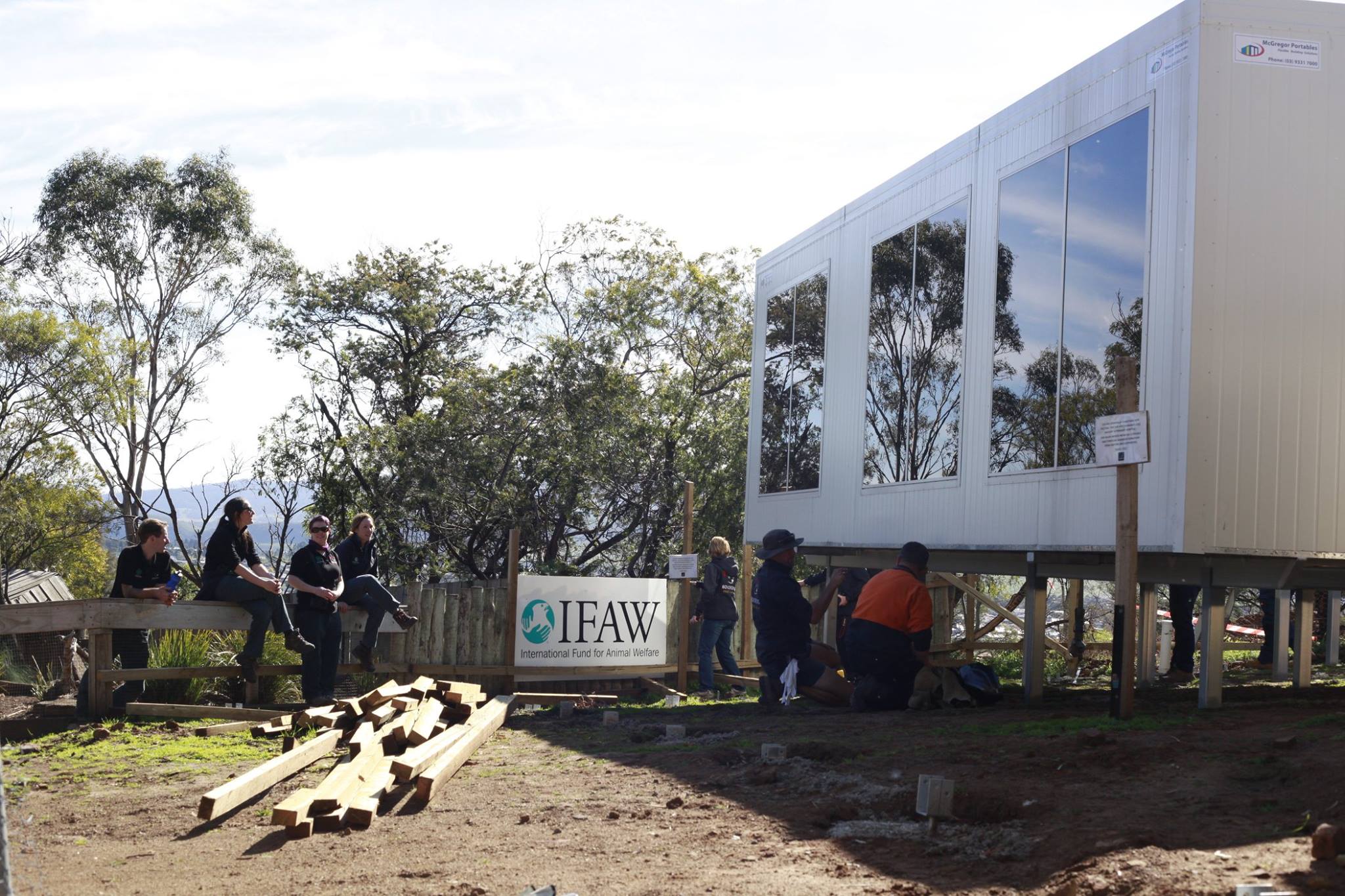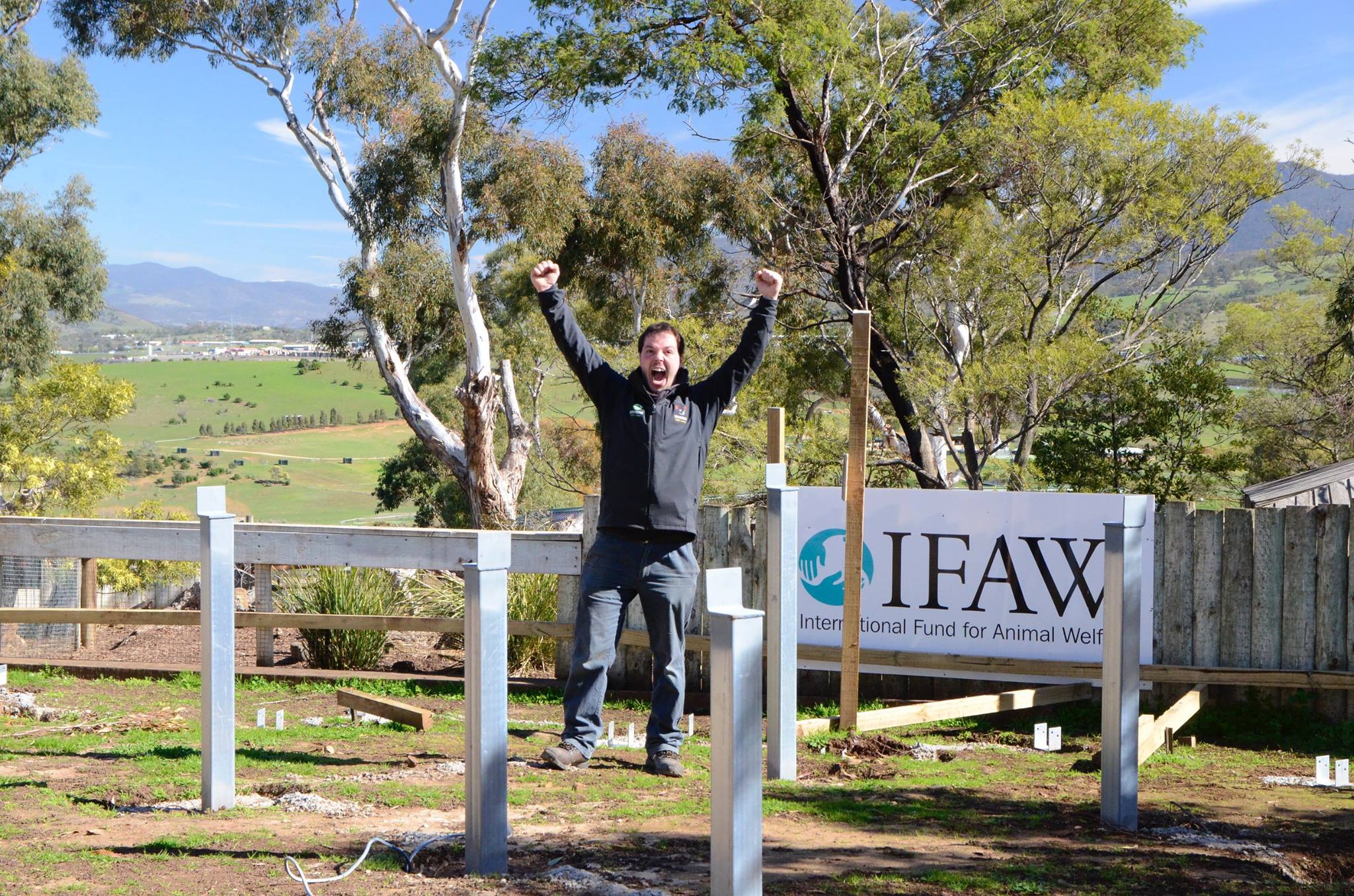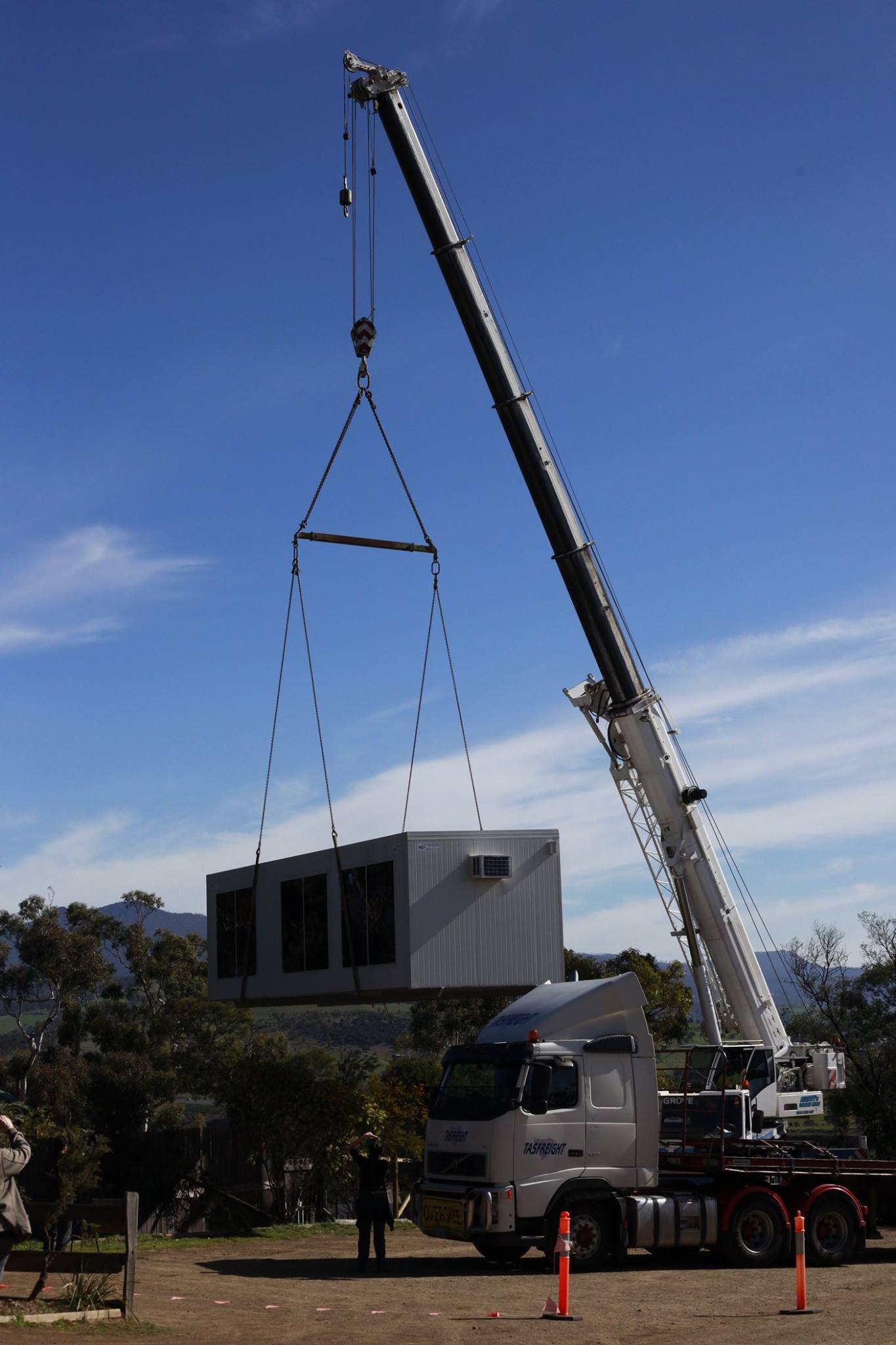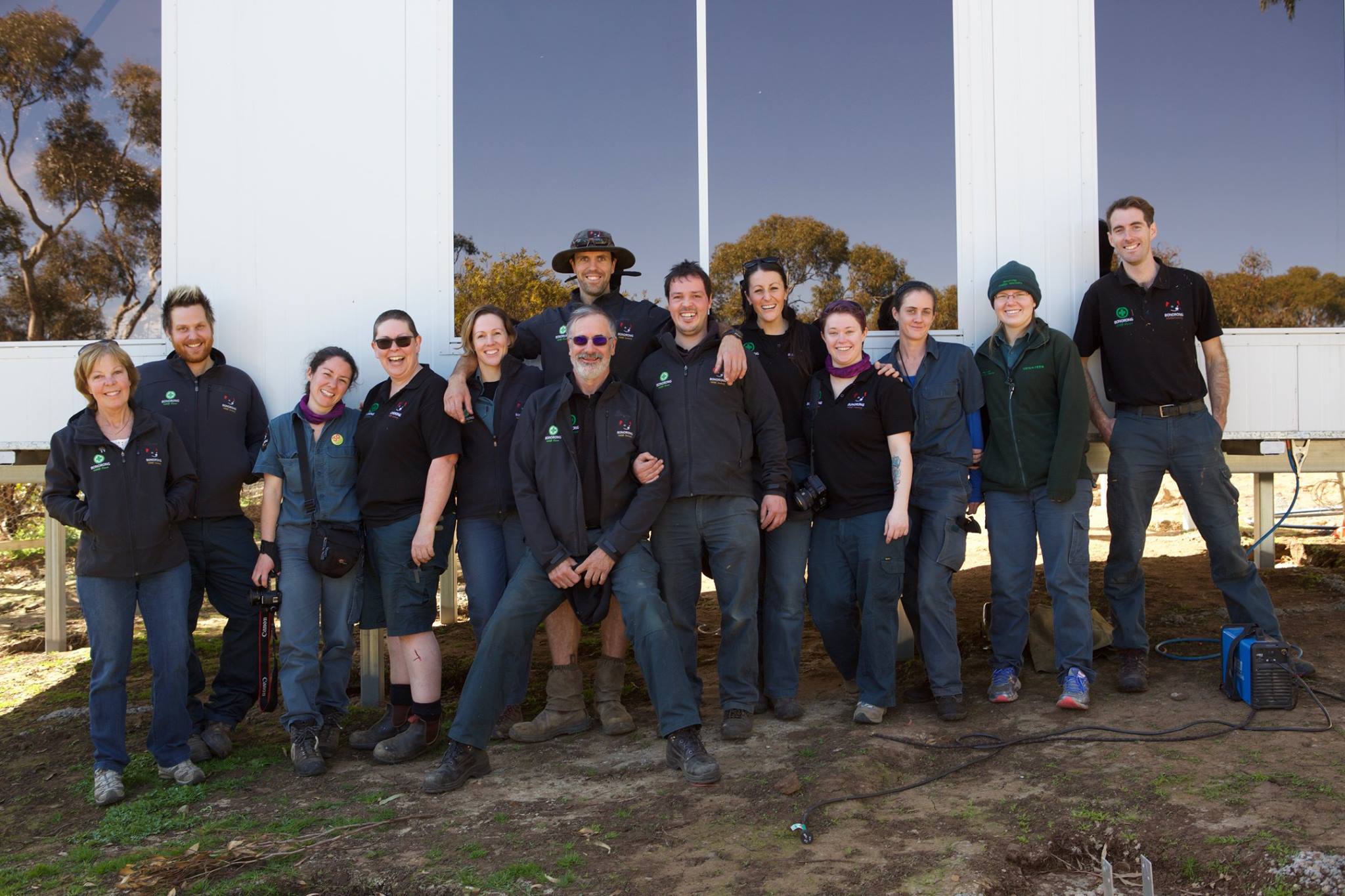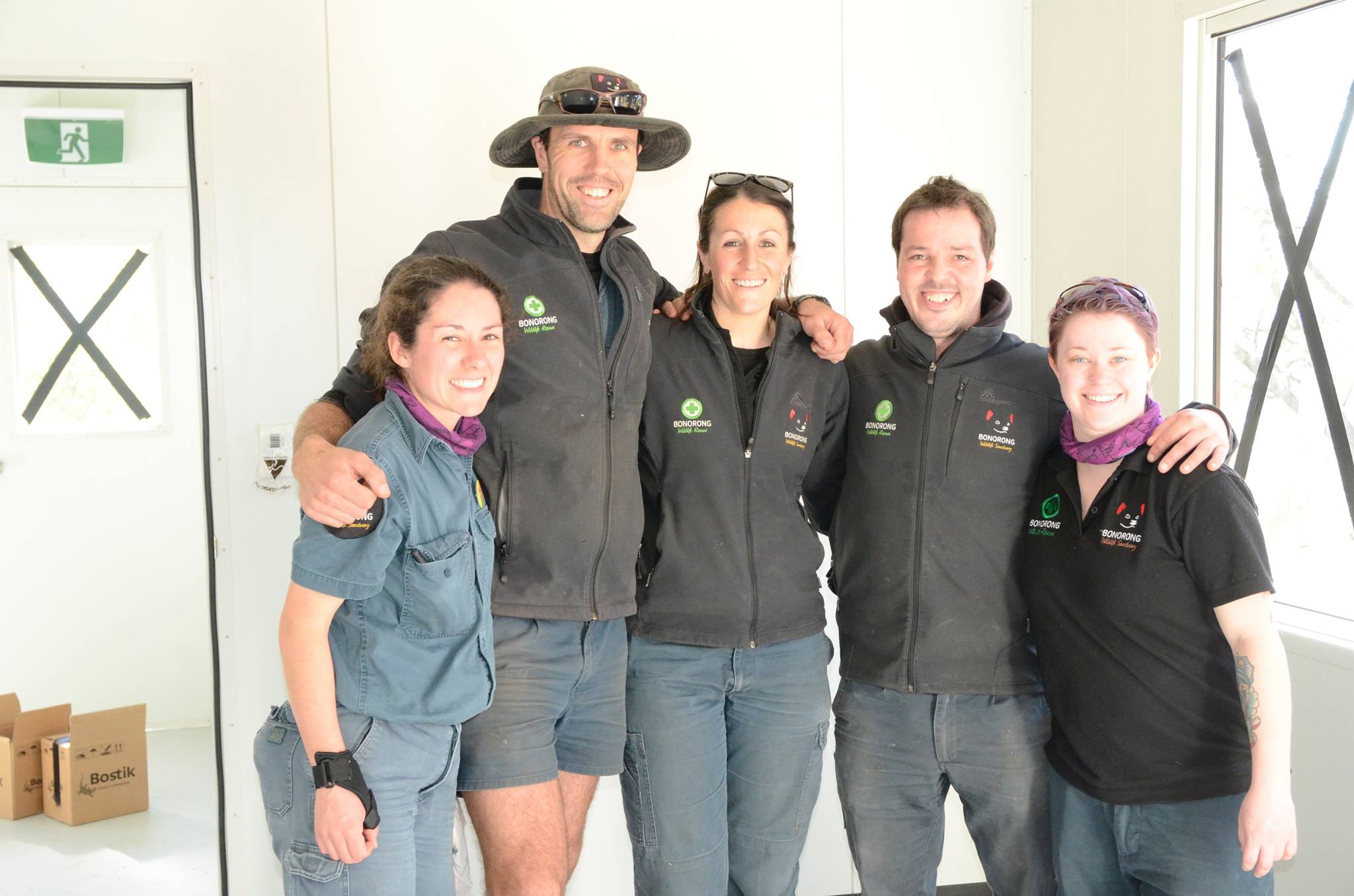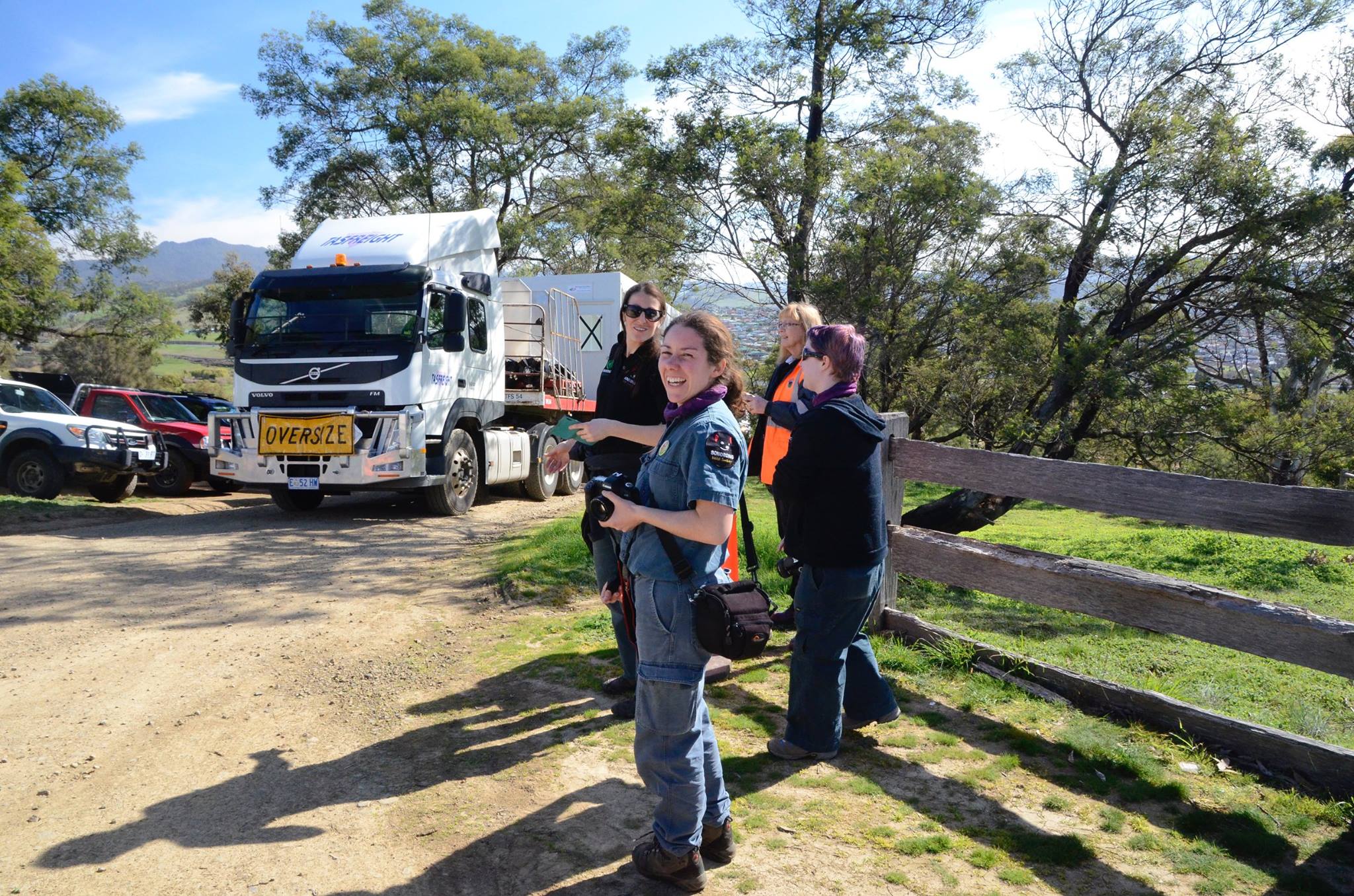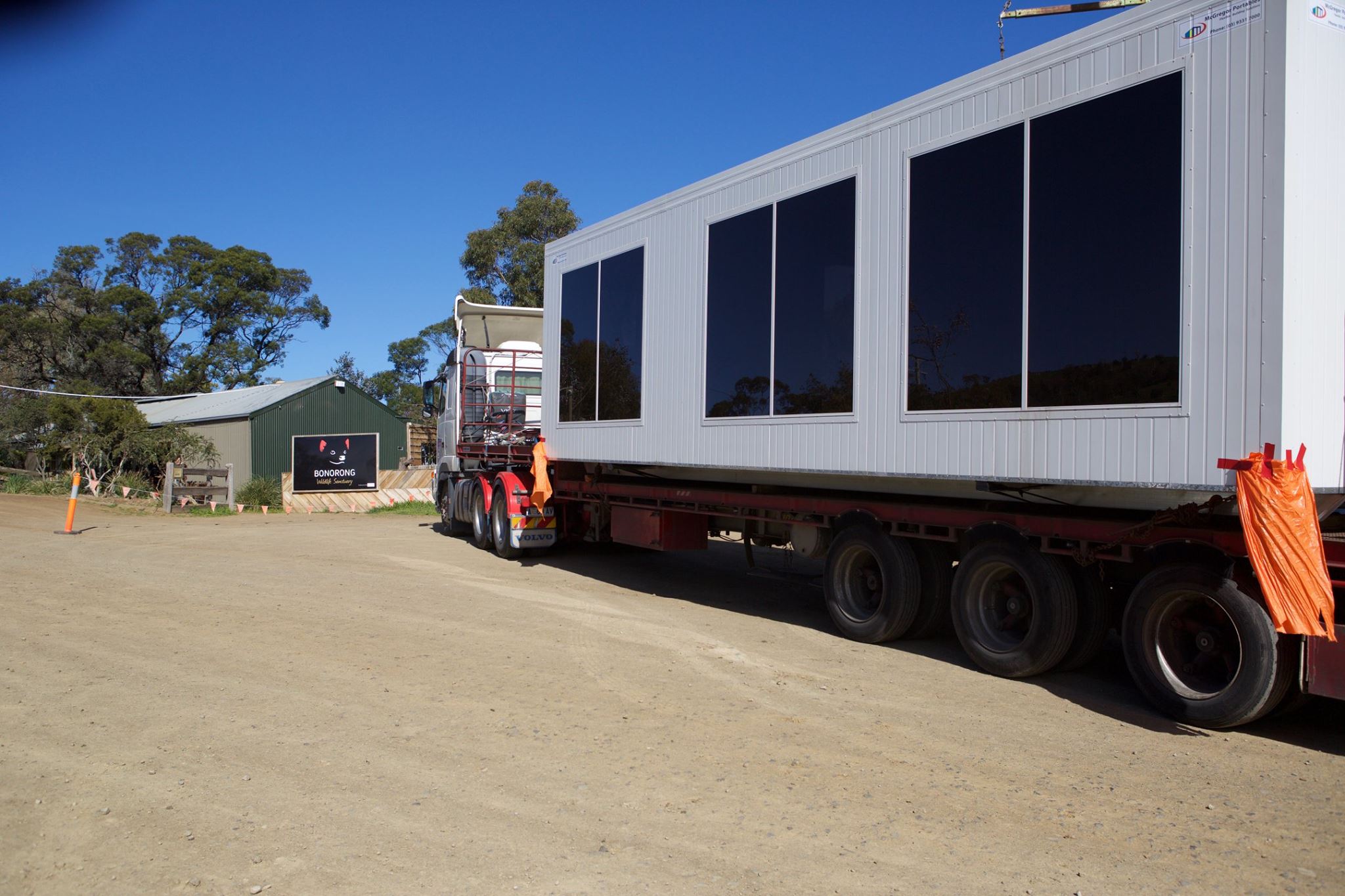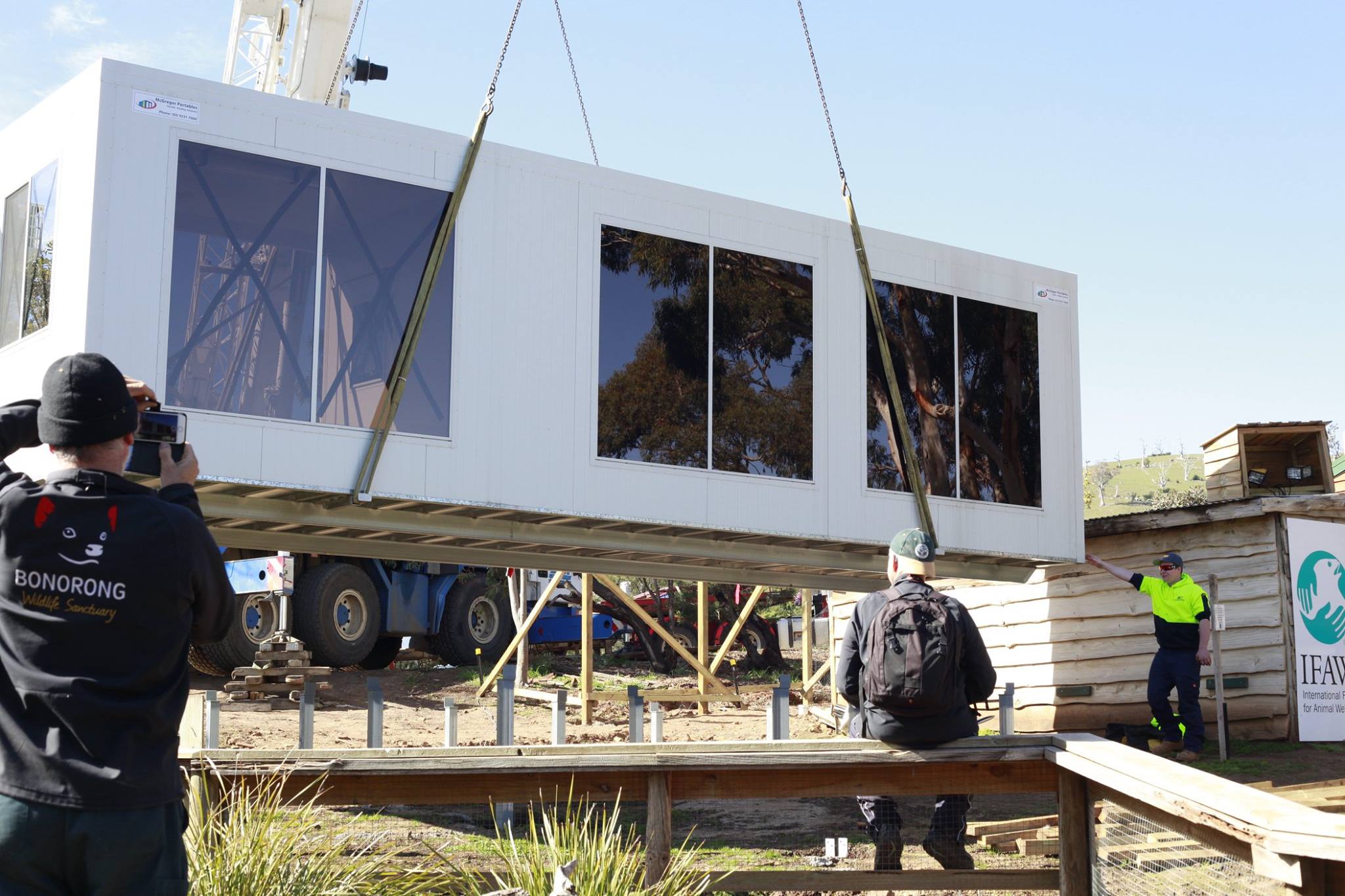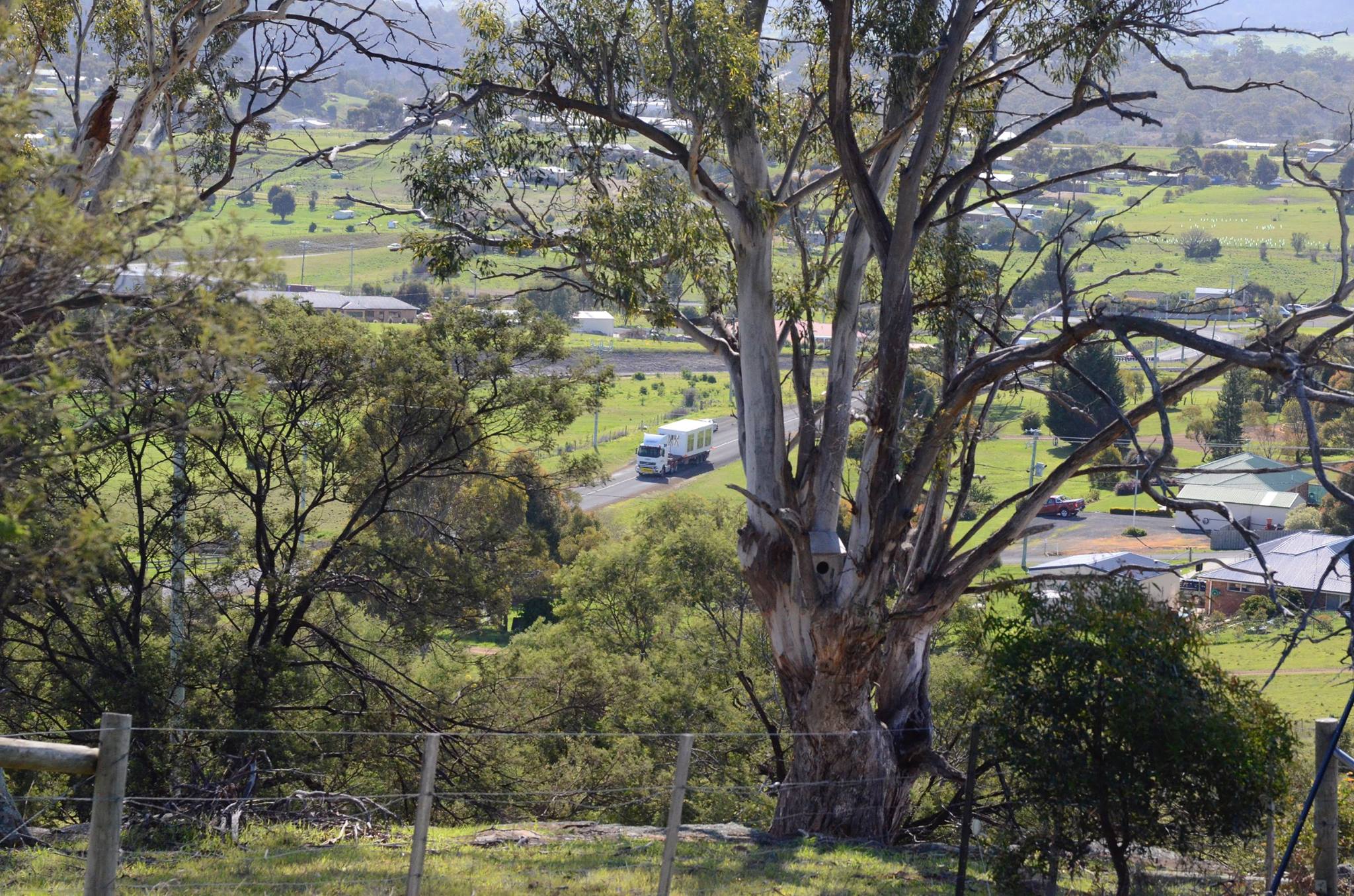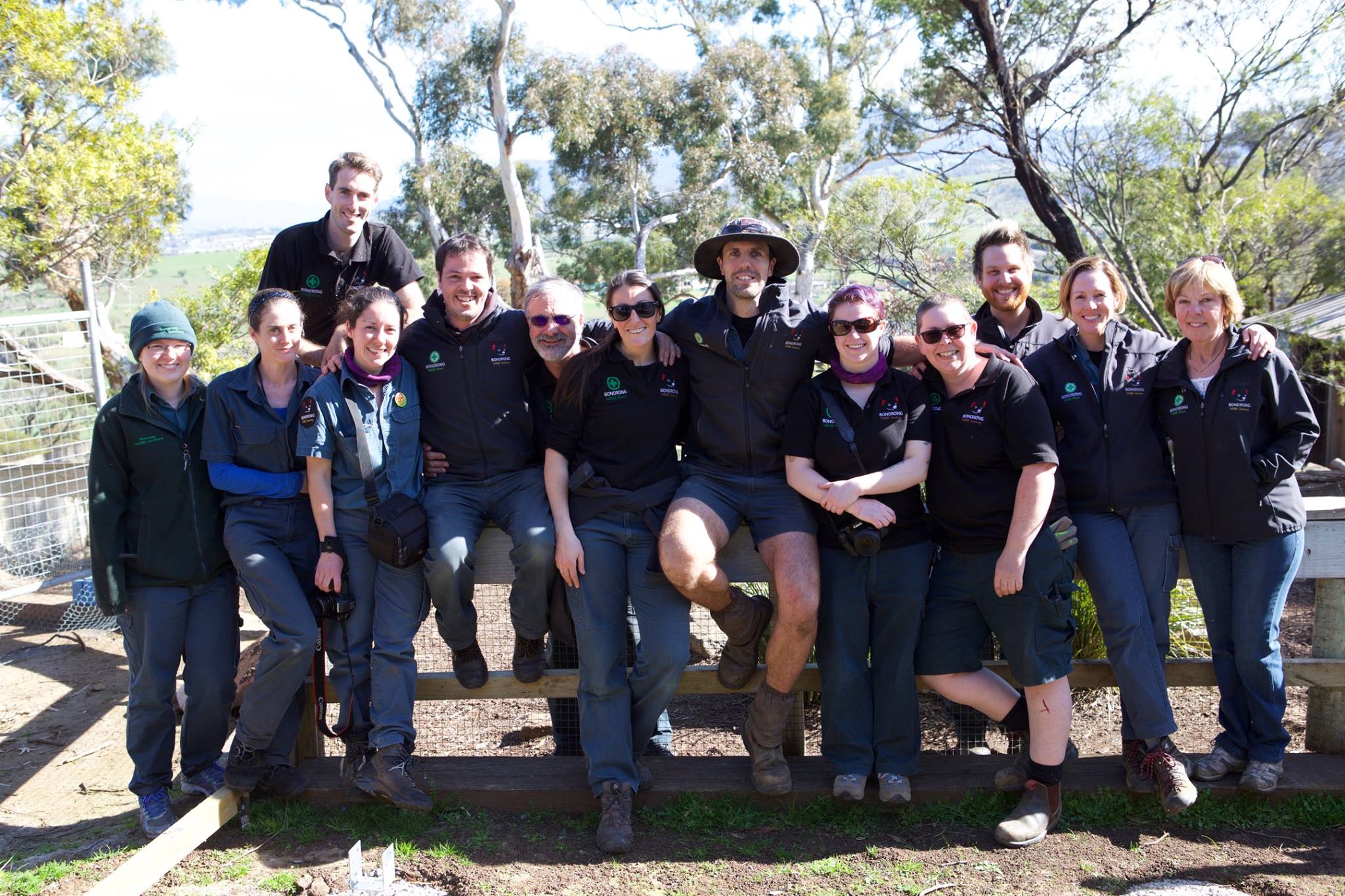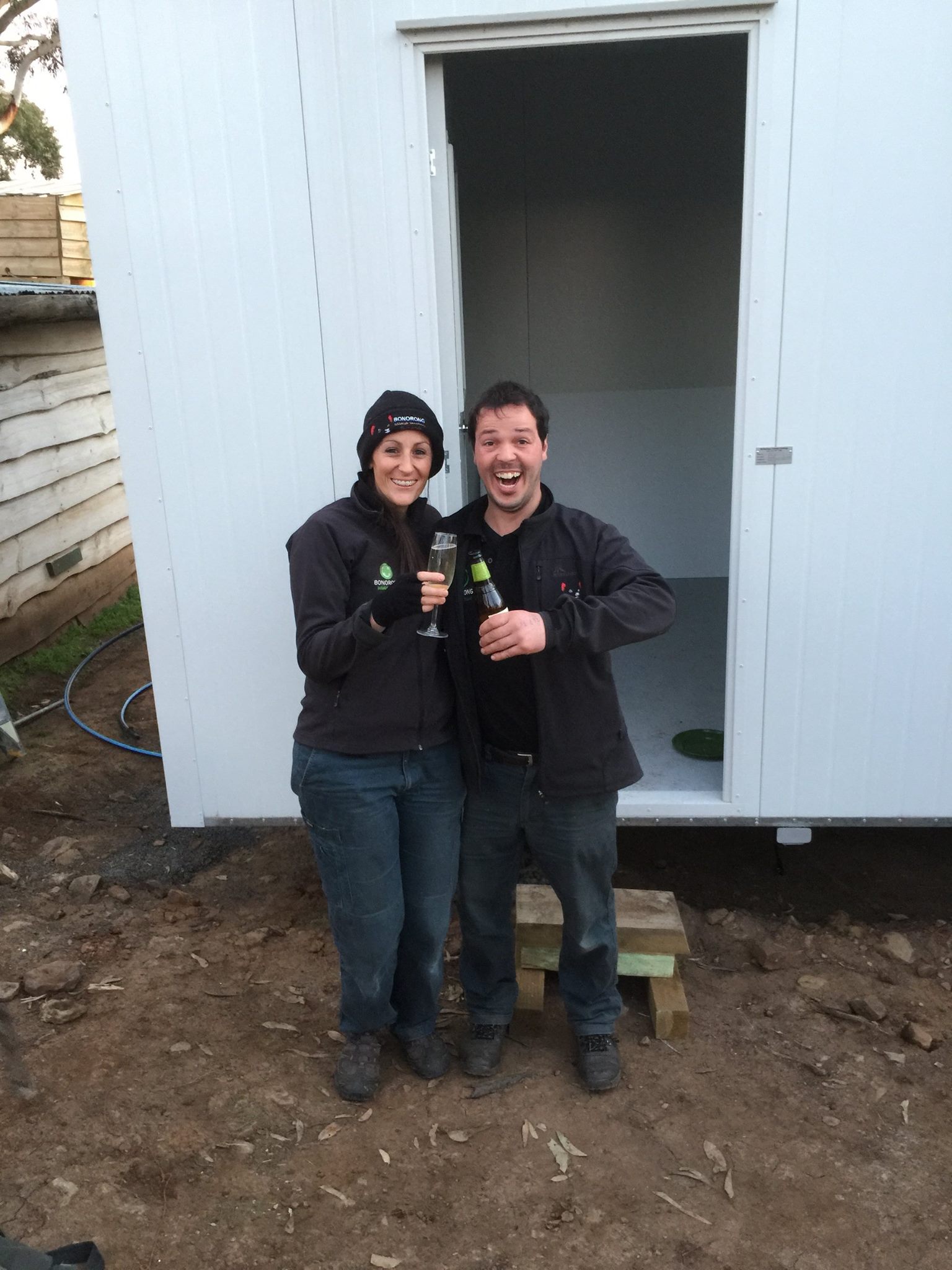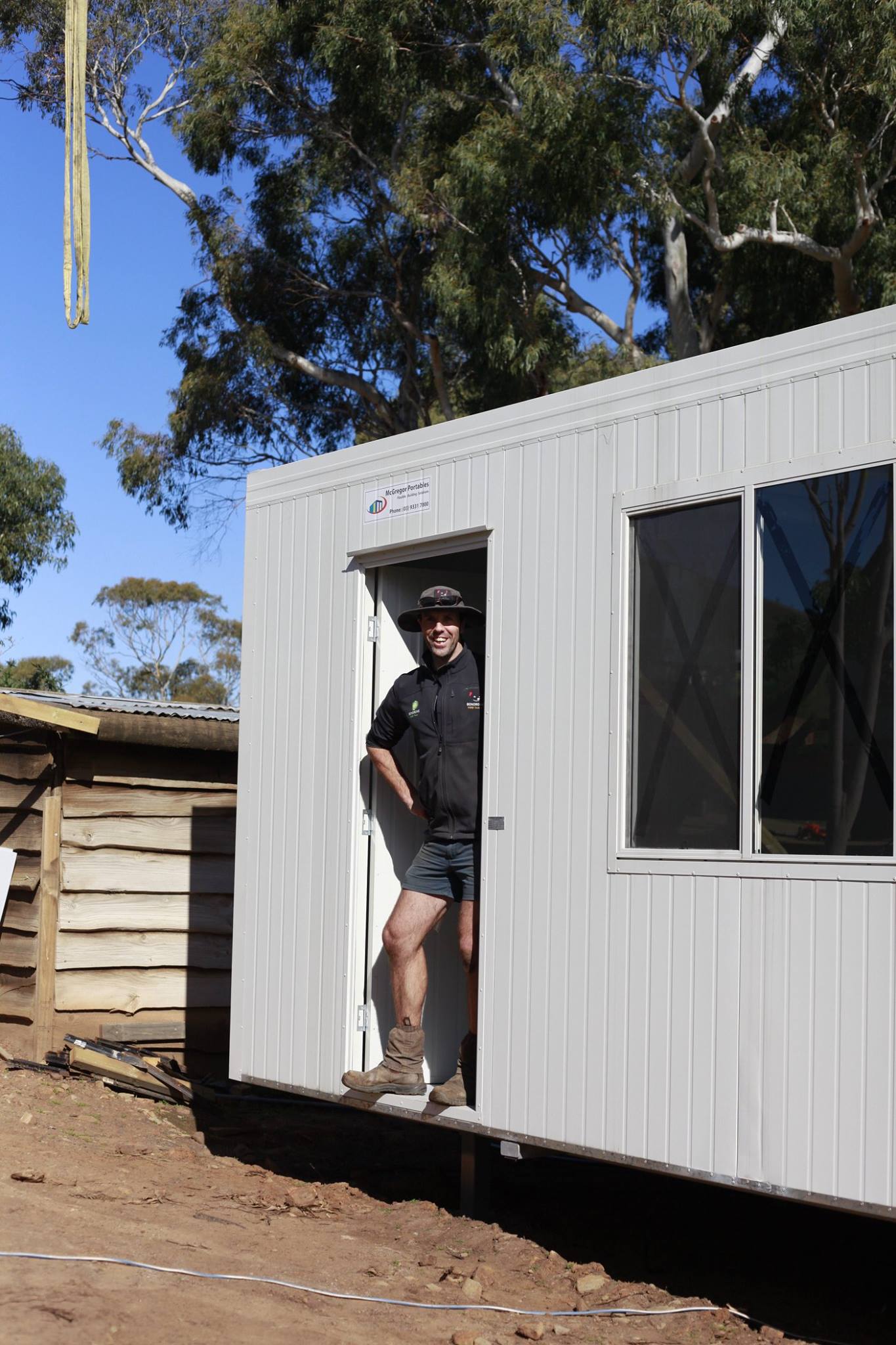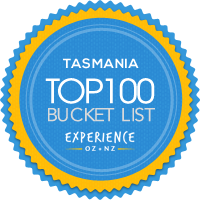***EXCITING NEWS ANNOUNCEMENT!!!*** Drumroll please! We are absolutely thrilled to let you all know that today was a very special day for everyone at Bonorong….BECAUSE OUR WILDLIFE HOSPITAL ARRIVED!!!…Well the building part anyway!!
We know we still have a long way to go, but even just getting the building here has been 5 years in the making, and as many of you would know, those 5 years have been met with many hurdles, road blocks, grey hair & of course blood, sweat and tears!
We couldn’t have got to this point without all the amazing people that have rallied behind this project. And to the hundreds of people that have given donations, whether it has been two dollars or two thousand dollars, every little bit has helped – so thank you!! :)
We have many many more thank yous (of course!), but we would like to make special mention to our incredible large donors that have raised $15,000+ to the project. These amazing organisations and people are: International Fund for Animal Welfare - IFAW, Linda’s “Helping Hands” Fundraising Group, Peter Hill, and DIER– what an amazing effort from you all! Words just aren’t enough.
We would also like to specially thank GB McGregor Portables for their incredible patience holding the building for us in their warehouse, while we tackled many of those above-mentioned “hurdles” – you guys are fabulous!
So the next chapter of the journey now begins as we start the hospital fit out, building of the deck, sourcing relevant materials and final pieces of hospital equipment…but at least we are edging closer to being open and operational (pardon the pun!)
Once we are getting closer to having the second chapter complete (eg getting close to opening!) we will be organising an official opening of the hospital where you will all be able to come and help celebrate with us and have a sticky beak inside! So watch this space for more news on that! :)
So hooray to getting one step closer to providing the first solely dedicated wildlife hospital in Tasmania…doesn’t our precious wildlife deserve it?! YAY!
Enjoy the photos below taken today thanks to Eric Woehler, Barrie Irons, Bernadette Camus & Liz Pulo.

